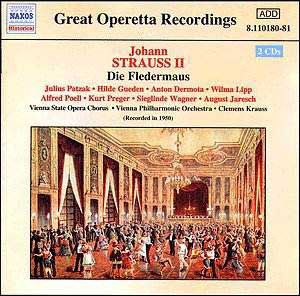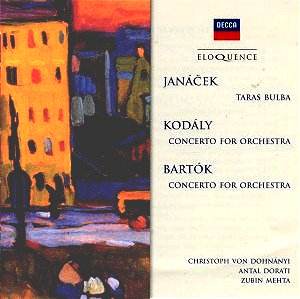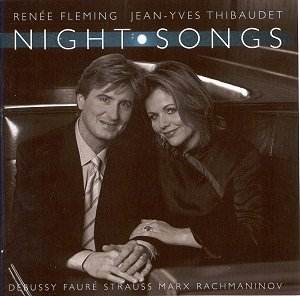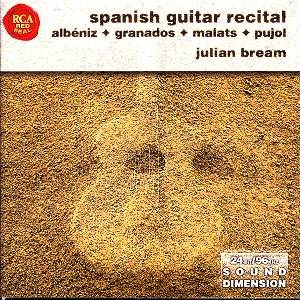 Composer: Johann STRAUSS II
Composer: Johann STRAUSS II
Works: Die Fledermaus (without dialogue)
Performers: Julius Patzak (tenor), Hilde Gueden (soprano), Anton Dermota (tenor), Wilma Lipp (soprano), Sieglinde Wagner (contralto)
Recording: Recorded in the Musikvereinsaal, Vienna, September 1950
Label: NAXOS Historical 8.110180-81 [2CDs: 44.18+47.05]
The operetta “Die Fledermaus,” composed by Johann Strauss II in 1874, epitomizes the Viennese tradition of light opera, filled with wit, charm, and a delightful exploration of social satire. Strauss’s mastery of melodic invention and orchestral color is vividly on display in this work, making it a staple of the operatic repertoire. This recording, conducted by Clemens Krauss, emerges from a historically rich context, capturing the essence of a tradition that flourished in the mid-20th century, even as it straddles the transitional era between 78-rpm records and the LP format.
Krauss’s interpretation is lively and effervescent, perfectly encapsulating the spirit of the operetta. He steers the Vienna Philharmonic Orchestra through the score with a sense of buoyancy that is particularly engaging in the overture, where the blend of strings and woodwinds showcases Strauss’s penchant for lush orchestration. Although this recording eschews the dialogue typical of a full staging, it maintains a delightful lightness, which is fitting for an operetta rather than a grand opera. Hilde Gueden’s portrayal of Rosalinde is imbued with a minxish charm, her soprano voice agile and bright, even if at times it teeters on the edge of harshness. In contrast, Wilma Lipp’s Adele is a standout, exhibiting remarkable agility in her coloratura passages, though some moments reveal a slight stridency that may be attributed to the recording’s age. Julius Patzak as Eisenstein delivers a robust, convincing performance, while Anton Dermota’s Alfred is characterized by an Italianate warmth that enhances his romantic allure. However, Sieglinde Wagner’s Orlofsky, while competent, lacks the necessary depth and allure, coming across as overly feminine and less than fully convincing in the role.
The recording quality, reflective of its 1950 origins, presents certain challenges. The sound lacks the warmth and depth one might expect from modern recordings, and there is a flatness that detracts from the overall listening experience. While the orchestral textures are discernible, they do not convey the full richness of Strauss’s orchestration, a shortcoming that stands in stark contrast to contemporary recordings that leverage advanced engineering techniques to illuminate the intricacies of the score. The absence of dialogue, while it may simplify the listening experience, also limits the dramatic arc that the work can convey, placing the emphasis instead on the musical narrative.
The historical value of this performance cannot be overstated, as it preserves an idiomatic approach to Strauss’s work that was characteristic of the Viennese operetta tradition. It serves as a fascinating reference point, especially when juxtaposed with more recent interpretations that have embraced the full operatic scale of “Die Fledermaus.” Collectively, the cast demonstrates a strong connection to the Viennese style, albeit with varying degrees of vocal prowess.
This recording, while not without its flaws, offers a glimpse into a bygone era of operatic performance, with Krauss’s energetic conducting and a cast steeped in the traditions of their homeland. It is a worthy representation of “Die Fledermaus,” though listeners seeking a more complete experience of the operetta may find richer alternatives in the current catalog. The historical significance and charm of this performance provide a valuable listening experience, albeit with reservations regarding sound quality and interpretation in comparison to more modern renditions.



